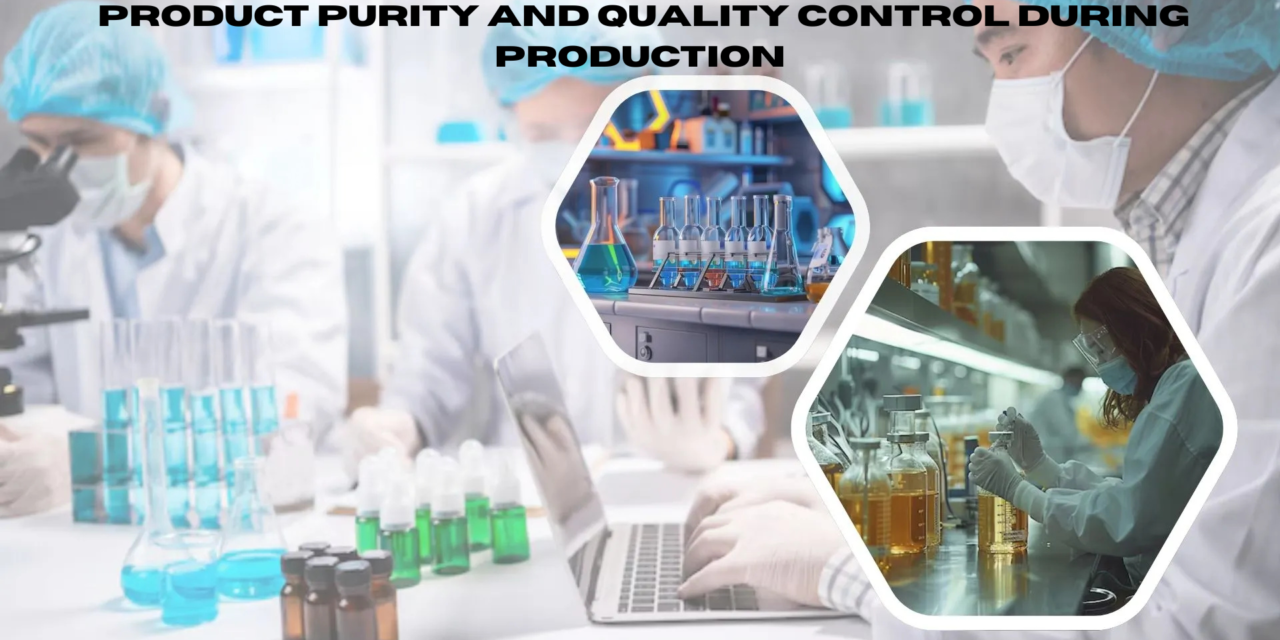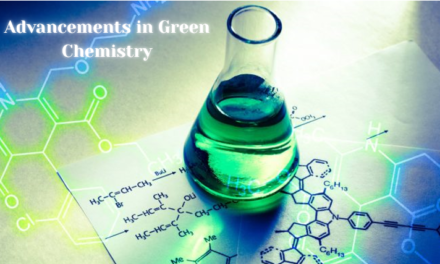Fine chemicals manufacturers ensure product purity and quality control during production through a combination of rigorous processes, advanced technologies, and strict regulatory standards. Here’s a breakdown of how this is achieved:
1. Controlled Reaction Conditions
- Process Control: Fine chemicals are typically produced through complex batch processes, where temperature, pressure, reaction time, and concentration are carefully controlled to ensure the desired product purity. Manufacturers use real-time monitoring systems to ensure that the reaction conditions remain within predefined parameters.
- Impact: By maintaining precise control over the reaction conditions, manufacturers minimize the formation of unwanted by-products and ensure high product purity.
2. Purification Techniques
- Filtration and Crystallization: After the chemical reaction, purification steps like filtration, distillation, and crystallization are used to separate the target product from impurities and side products. These methods help achieve the desired purity level for fine chemicals, especially when dealing with complex mixtures.
- Chromatography: For highly sensitive separations, techniques like high-performance liquid chromatography (HPLC) are used to isolate and purify specific compounds from complex mixtures, ensuring that trace impurities are removed.
- Impact: These purification techniques help ensure that the final product meets purity specifications, which is critical in industries such as pharmaceuticals, agrochemicals, and food additives.
3. Advanced Analytical Testing
- In-Process Monitoring: Manufacturers use a variety of analytical techniques to test the chemical composition of the product during production. Techniques like gas chromatography (GC), mass spectrometry (MS), infrared (IR) spectroscopy, and nuclear magnetic resonance (NMR) spectroscopy allow manufacturers to continuously monitor the chemical structure and identify any deviations from the desired product.
- End-Product Testing: Once the fine chemical is produced, it undergoes rigorous testing in laboratories to ensure that it meets the required specifications for purity, chemical composition, impurity levels, and other quality parameters. These tests are often done using advanced quantitative and qualitative analysis.
- Impact: This ensures the final product is consistent and meets the necessary standards of purity and quality required by regulatory agencies.
4. Quality Control (QC) and Quality Assurance (QA) Systems
- Standard Operating Procedures (SOPs): Manufacturers develop detailed SOPs to ensure that each step of the production process adheres to established protocols for quality and purity. These procedures include guidelines for material handling, reaction monitoring, equipment calibration, and sampling.
- Quality Assurance: A dedicated QA team ensures that all production activities comply with industry standards, regulatory requirements (e.g., Good Manufacturing Practices (GMP) for pharmaceuticals), and internal quality guidelines.
- Impact: QA and QC systems ensure the reproducibility and consistency of the product, reducing the likelihood of defects or variability in the final product.
5. Raw Material Quality Control
- Material Inspection: Before production begins, raw materials are carefully inspected and tested to ensure they meet required specifications. This involves testing for impurity levels, moisture content, identity, and reactivity of the chemicals.
- Supplier Audits: Manufacturers also conduct audits of raw material suppliers to ensure that they are providing high-quality materials that will not compromise the purity or quality of the final product.
- Impact: Ensuring the purity of raw materials is essential, as even trace impurities in the starting materials can lead to contamination or unwanted by-products in the fine chemical.
6. Batch-to-Batch Consistency
- Batch Records and Traceability: For each batch produced, a detailed batch record is kept to document all critical steps, inputs, and conditions. This allows manufacturers to trace and verify each batch’s production process and ensure consistency across multiple batches.
- Deviation Management: If any deviations from the desired specifications are detected during production, corrective actions are taken immediately to rectify the issue and avoid compromising product quality.
- Impact: This ensures consistency and reliability in the product, making it suitable for applications that require high precision, such as in the pharmaceutical industry.
7. Regulatory Compliance and Certification
- Good Manufacturing Practices (GMP): Many fine chemicals, especially those used in pharmaceuticals or food products, are produced in compliance with GMP guidelines. These guidelines ensure that the production process is safe, controlled, and capable of producing high-quality products consistently.
- ISO Certifications: Manufacturers often obtain ISO certifications (e.g., ISO 9001 for quality management systems) to demonstrate their commitment to product quality and continuous improvement.
- Impact: Regulatory compliance guarantees that the production process meets established international standards and industry-specific requirements for product purity and quality.
8. Environmental and Safety Protocols
- Safety: Fine chemicals production often involves the use of hazardous substances, so safety protocols are essential to ensure the safe handling of chemicals. This includes using protective equipment, maintaining ventilation systems, and having emergency response plans in place.
- Environmental Impact: Manufacturers aim to minimize waste generation, reduce emissions, and control pollution by implementing green chemistry practices and sustainable production methods.
- Impact: Ensuring safety and minimizing environmental impact not only supports regulatory compliance but also contributes to the overall sustainability of the production process, which is becoming increasingly important to customers and regulators.
9. Continuous Improvement and Process Optimization
- Process Control Systems (PCS): Manufacturers implement advanced control systems that use data analytics, predictive modeling, and feedback loops to optimize production processes. These systems help detect potential issues in real-time and make necessary adjustments to ensure the product meets purity standards.
- Impact: Continuous improvement of manufacturing processes ensures ongoing consistency and quality, reduces the likelihood of defects, and increases operational efficiency.

















